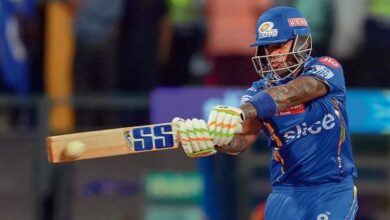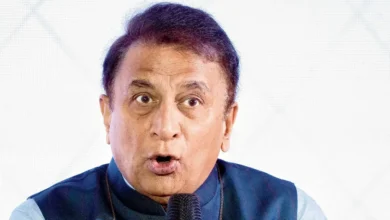“My focus was on Virat Kohli when MS Dhoni was captain,” said Ravi Shastri
Virat Kohli went on to become one of the most successful Indian captains in cricket history, and former India coach Ravi Shastri revealed when he first saw the leadership potential in the player. As India’s captain and head coach, Shastri and Kohli forged a strong alliance that helped the team reach new heights, particularly in Test cricket.

In 2014, when MS Dhoni was captain and Virat Kohli was his deputy, Shastri also took on the position of national team director before to assuming the coaching responsibilities.
Shastri described Kohli as a “uncut diamond,” stating that he had early vision of the Indian leadership potential.
Although there was a lot of individual talent, I like to see collective talent. I saw an uncut gem in Virat Kohli and wanted to win and elevate Test cricket.
“My attention was fixed on Kohli when he was my captain, MS Dhoni.” Early in my second month, I advised him to “watch, observe, and be ready (for the captaincy)” since I knew it would take time.
Shastri praised Kohli’s attitude to Test cricket, saying that as captain, he was ready to play hard cricket, which was also how he felt.
Kohli was totally absorbed in the Test match. He had a lot of enthusiasm. He was ready to put in the hard work and play competitive cricket, which aligned with my philosophy. Playing against Australia or Pakistan requires a “no complaints” and “no excuses” mentality.
Shastri discussed their collaboration and said that they were in agreement on building a strong pace force. The rest is history as India drew five Test series in England and won two Test series in a row in Australia.
We both agreed that we needed a succession of quick bowlers. He was prepared for a fight. He wanted to play aggressively. We let everyone loose in the nets. Anyone might be bounced the crap out of you. He was the first player to accept it; he was willing to seem unattractive in the nets, and others started to think differently.
In response to criticism of India’s 40% income share of the ICC, Shastri offered a cautious strategy.
Although he acknowledges India’s economic contribution to the game, he suggests allocating a percentage of the proceeds to help underdeveloped nations.
“They may utilize a portion of the forty percent to assist those nations that need it.
Although I haven’t had such discussions, I would have it in mind. One way to look at it is to ask, “Who helped us when we were in the dumps?”
“However, my contention is that we should observe how both the global sport and Test cricket can thrive.”
Speaking on the future of cricket formats, Shastri is certain that T20 should be the “vehicle” for the sport’s international development.
In his ideal world, cricket would follow the football model and include a booming T20 franchised circuit, ICC World Cups, fewer bilateral international matches, and Test match cricket between nations that had the necessary infrastructure.
“T20 is modeled after football. It will take place. Be prepared for it because it’s inevitable,” he advises.
“That money will help Test cricket continue, but only if it is Test cricket, which means you need the greatest players available and the strongest sides competing against one other. It’s not Test cricket until it’s best against best,” he said in conclusion.







